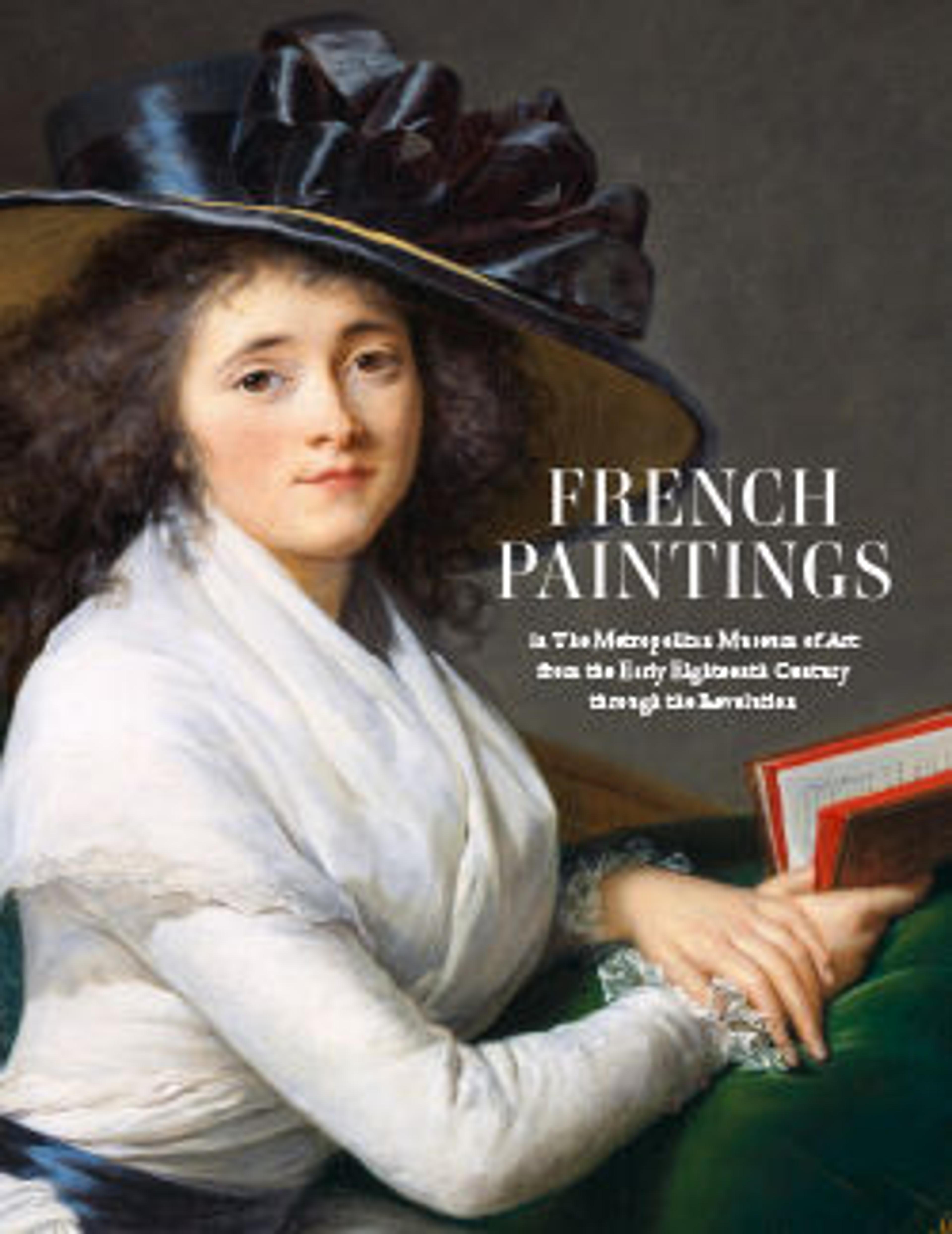General Étienne-Maurice Gérard (1773–1852)
David’s role in the French Revolution and service to Napoleon forced the artist to go into exile in Brussels following the emperor’s defeat at Waterloo in 1815. This portrait, one of the first that he painted of the city’s émigré, imperial aristocracy, represents General Gérard, a highly decorated commander of the French army during both the Revolutionary and Napoleonic regimes. David seems to make no concession to the changed political climate in this portrait, which is among his most resplendent and commanding, recording Gérard with a strikingly vibrant palette and sharp realism.
Artwork Details
- Title:General Étienne-Maurice Gérard (1773–1852)
- Artist:Jacques Louis David (French, Paris 1748–1825 Brussels)
- Date:1816
- Medium:Oil on canvas
- Dimensions:77 5/8 x 53 5/8 in. (197.2 x 136.2 cm)
- Classification:Paintings
- Credit Line:Purchase, Rogers and Fletcher Funds, and Mary Wetmore Shively Bequest, in memory of her husband, Henry L. Shively, M.D., 1965
- Object Number:65.14.5
- Curatorial Department: European Paintings
More Artwork
Research Resources
The Met provides unparalleled resources for research and welcomes an international community of students and scholars. The Met's Open Access API is where creators and researchers can connect to the The Met collection. Open Access data and public domain images are available for unrestricted commercial and noncommercial use without permission or fee.
To request images under copyright and other restrictions, please use this Image Request form.
Feedback
We continue to research and examine historical and cultural context for objects in The Met collection. If you have comments or questions about this object record, please contact us using the form below. The Museum looks forward to receiving your comments.
